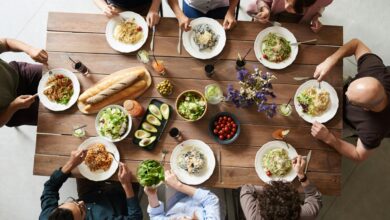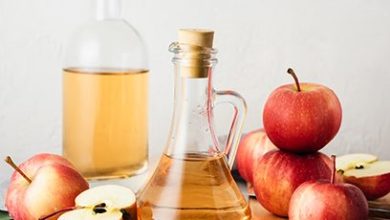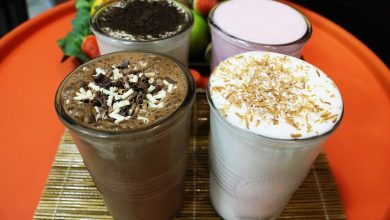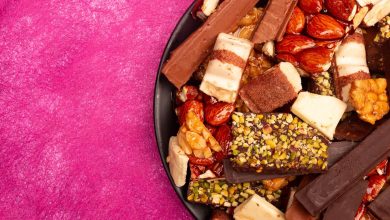Why Coronavirus Is the Best Time to Take up Paleo Diet
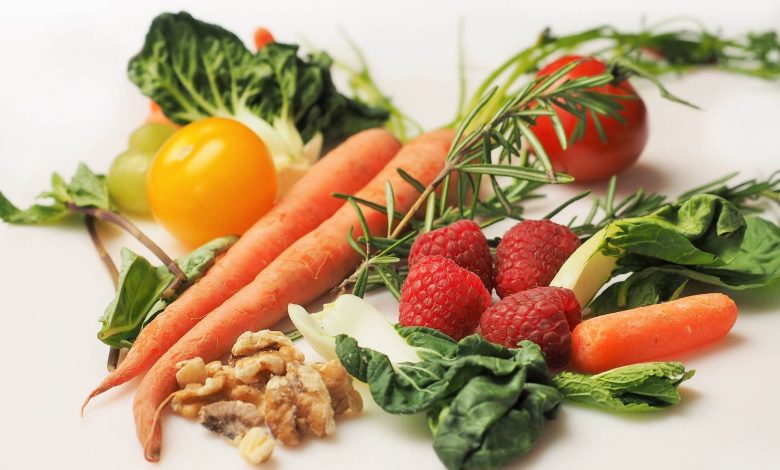
The world is currently facing an unprecedented crisis with the COVID-19 pandemic. With most of us staying at home, it’s easy to feel overwhelmed and anxious about our health and well-being. However, this could also be the perfect time to focus on improving our nutrition by taking up the paleo diet.
The paleo diet has gained immense popularity in recent years for its numerous health benefits and simplicity. In this article, we will explore what exactly a paleo diet entails, its different types, pros and cons, as well as some delicious recipes that are bound to make your taste buds dance! So let’s dive into why Coronavirus is the best time to take up a paleo diet!
What is the Paleo Diet?
The paleo diet is a nutritional plan that aims to mimic the eating habits of our hunter-gatherer ancestors from the Paleolithic era. This means consuming foods that were readily available during that time, such as lean meats, fish, fruits, vegetables and nuts.
The idea behind this diet is based on the premise that humans are genetically adapted to eat certain types of food and not others. Our modern diets often include processed foods, grains and dairy products which can lead to health problems like obesity, diabetes and heart disease.
By following a paleo lifestyle, people hope to achieve better overall health by reducing inflammation in the body and improving digestion. The paleo diet also encourages regular physical activity as an essential part of its philosophy.
It’s important to note that there are different variations of the paleo diet depending on individual preferences. Some people choose a strict approach while others allow for some flexibility in their food choices.
The paleo diet emphasizes whole foods over processed ones with a focus on natural sources of protein and healthy fats.
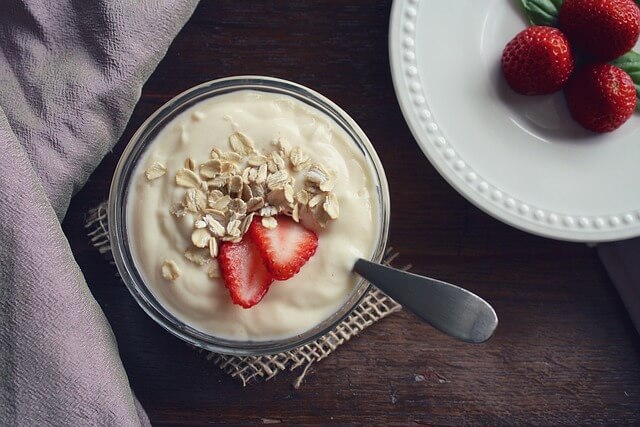
The Different Types of Paleo Diets
There are different types of paleo diets, each with its own set of guidelines and recommendations. Some variations allow for a wider range of foods than others, while some focus on specific health concerns or goals.
The traditional paleo diet emphasizes whole, nutrient-dense foods like meats, seafood, vegetables, fruits, nuts and seeds. It excludes grains, legumes (beans), dairy products and processed foods.
However, there are also modified versions that allow for certain foods that were not available to our hunter-gatherer ancestors but are still considered healthy choices today. These include grass-fed butter or ghee in small amounts as well as potatoes and sweet potatoes.
Other variations include the autoimmune protocol (AIP) which eliminates additional food groups such as nightshade vegetables to help manage autoimmune conditions. The Wahls Protocol is another type which focuses on eating more nutrient-rich organ meats along with plenty of vegetables.
It’s important to note that no one-size-fits-all approach exists when it comes to the paleo diet. What works for one person may not work for another depending on individual needs and preferences.
Pros and Cons of a Paleo Diet
The Paleo Diet, like any other diet, has its own set of advantages and disadvantages. Some people may find it difficult to stick to, while others swear by it. Here are some pros and cons of the Paleo Diet:
Pros:
– The emphasis on whole foods and elimination of processed foods can lead to weight loss.
– By consuming more protein and fiber-rich fruits and vegetables, there is a potential for better blood sugar control.
– Removing dairy products from your diet may help with lactose intolerance or milk allergies.
– Eating in this manner often leads to an increase in nutrient-dense foods.
Cons:
– Eliminating entire food groups (like grains) can make it tough to meet daily nutritional needs.
– Many people find that the initial transition period is hard due to carb withdrawal.
– High meat consumption can contribute towards heart disease if not balanced out correctly with plant-based sources of fat
– It might be quite expensive since whole foods tend to come at higher prices compared to cheaper processed ones.
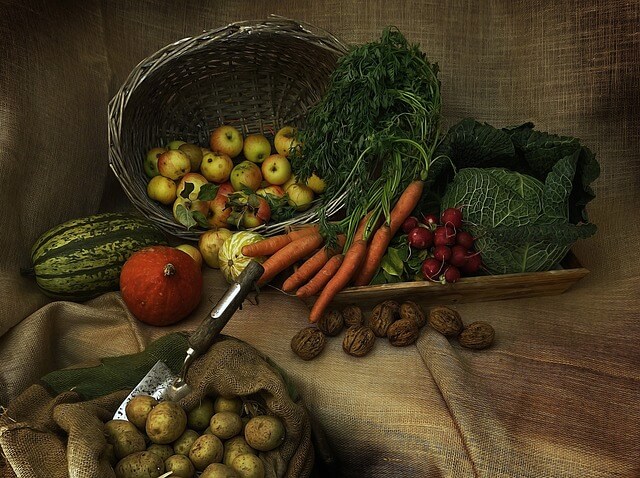
What Foods to Eat on a Paleo Diet?
The Paleo diet is centered around consuming whole, unprocessed foods that are similar to what our ancestors ate. This means that the majority of your diet should consist of lean proteins like grass-fed beef, free-range chicken and wild-caught fish.
In addition to protein, vegetables should make up a significant portion of your plate. Leafy greens like spinach and kale as well as cruciferous vegetables like broccoli and cauliflower are all great options.
Healthy fats such as avocado, coconut oil and nuts are also encouraged on the Paleo diet. These provide essential nutrients for overall health and can help keep you feeling full throughout the day.
Fruits such as berries, apples and citrus fruits can be enjoyed in moderation due to their natural sugar content. However, it’s best to limit consumption of high-sugar fruits like bananas or dried fruit.
Grains, legumes, dairy products and processed foods are not allowed on the Paleo diet as they were not part of our ancestor’s diets. By eliminating these food groups from your diet, you may experience improved digestion, better energy levels and weight loss results.
Paleo Recipes
Paleo recipes are a great way to incorporate healthy and wholesome foods into your diet. These recipes focus on using ingredients that our ancestors would have eaten, such as lean proteins, vegetables, fruits, nuts and seeds.
One popular Paleo recipe is cauliflower rice stir-fry. Instead of using traditional rice which is high in carbohydrates, this recipe uses grated cauliflower as a low-carb alternative. This dish can be customized with different vegetables and protein sources like chicken or beef.
Another tasty option for breakfast is an egg muffin filled with spinach and mushrooms. Eggs are a staple in the Paleo diet because they provide protein without added sugars or carbs. By adding nutrient-rich veggies like spinach and mushrooms to the mix, you get a delicious meal that keeps you full all morning.
For those who love savory snacks, try making homemade kale chips seasoned with sea salt and olive oil. Kale is another superfood included in the Paleo diet due to its high nutrient content.
There are countless options for delicious Paleo meals that keep you feeling satisfied while providing important nutrients for your body’s health and well-being.
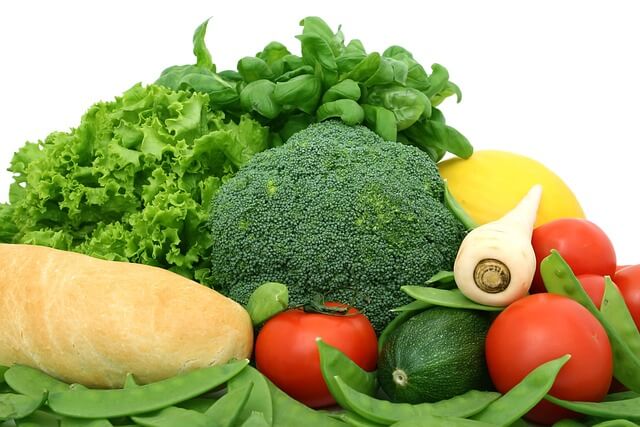
Alternatives to the Paleo Diet
If the Paleo diet doesn’t seem like a good fit for you, there are plenty of other healthy eating plans to consider.
Here are some popular alternatives:
1. Mediterranean Diet – This diet is inspired by the traditional eating habits of people in Greece and Italy. It emphasizes whole grains, fruits, vegetables, seafood, and healthy fats like olive oil.
2. DASH Diet – The Dietary Approaches to Stop Hypertension (DASH) focuses on reducing sodium intake while increasing consumption of fruits, vegetables, lean proteins and low-fat dairy products.
3. Plant-Based Diets – These diets emphasize consuming plant-based foods such as vegetables, fruits, legumes and whole grains.
4. Keto Diet – Though not recommended for everyone due to its restrictive nature , it can be effective at weight loss because it limits carbs forcing your body into ketosis where fat becomes your primary source of fuel instead of carbohydrates.
It’s important to find a diet that works best for your individual needs and preferences without compromising essential nutrients necessary for optimal health . Always consult with a healthcare professional before making any drastic changes to your dietary habits!
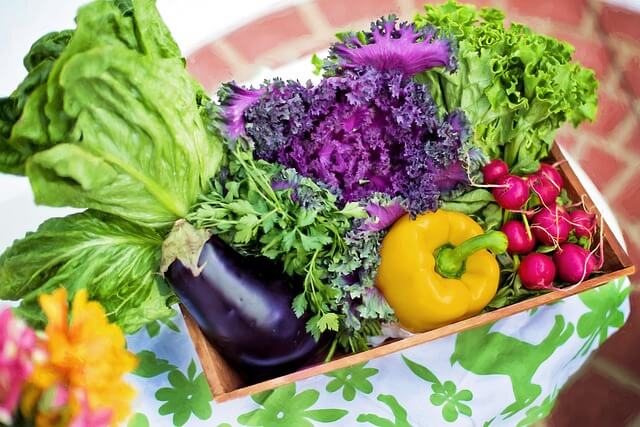
Conclusion
The COVID-19 pandemic has forced us to reevaluate our diets and lifestyle choices. The Paleo diet is a healthy way of eating that focuses on whole foods, lean proteins, fruits and vegetables while eliminating processed foods, grains, and dairy products. By adopting the Paleo diet during these unprecedented times, you can boost your immune system to fight off infections.
While this article has highlighted some benefits of the Paleo diet and how it can help in maintaining good health during the coronavirus outbreak, it is important to remember that everyone’s nutritional needs are different. Before starting any new diet or making significant changes in your current one, always consult with your healthcare provider or a registered dietician.
By taking small steps towards incorporating healthier food choices into your daily routine such as choosing more whole foods over processed ones can make a big difference in improving overall health. So why not give it a try? Give yourself a chance at living an optimally healthy life!
